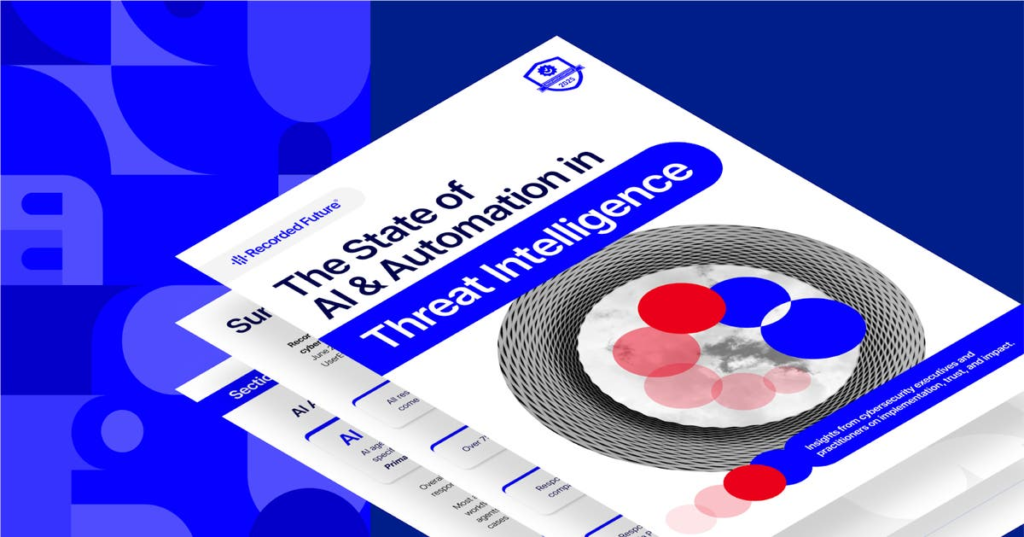In today’s fast-paced digital landscape, security executives and analysts are under increasing pressure to enhance their threat intelligence programs effectively. Recently, FlowMind AI collaborated with UserEvidence to conduct a comprehensive survey of over 520 security professionals from around the globe. The findings, highlighted in the “2025 State of AI and Automation in Threat Intelligence” report, reveal a striking trend: the integration of artificial intelligence (AI) and automation into threat intelligence operations is accelerating at an unprecedented rate. For small and medium-sized businesses (SMBs), acting promptly in this area can yield a significant competitive advantage.
For SMB leaders, understanding the nuances of AI and automation in threat intelligence is not just a theoretical exercise; it’s a necessary endeavor that can transform their security operations. The survey indicated where AI has demonstrated a return on investment (ROI) and identified areas where its application has yet to reach its potential. This insight can guide SMBs in making informed decisions regarding their threat intelligence investments.
To begin with, it is essential to identify specific areas within your threat intelligence program that can benefit from AI. A common starting point is the data collection and analysis phase. By automating data gathering from multiple sources, SMBs can save time and resources while improving the accuracy of their insights. Leveraging tools like Make or Zapier can facilitate this process. For example, an SMB can set up an automation workflow that pulls data from various cybersecurity news feeds and external threat databases and aggregates this information into a centralized dashboard. This approach not only streamlines workflows but also ensures that analysts have access to the most relevant and timely information.
Once data is collected, the next step is to focus on analysis. Many AI tools on the market are designed to analyze large datasets with speed and efficiency that is impossible to achieve manually. When implementing AI in your analysis phase, start modestly. Select a specific threat category—like malware or phishing—then determine an AI tool that specializes in that area. Training your AI models using historical data will enhance their accuracy over time. SMBs can use platforms that offer user-friendly interfaces for AI model training, ensuring that even organizations without extensive technical expertise can harness these capabilities.
Moreover, AI can help identify hidden opportunities that organizations often overlook. For instance, by analyzing past security incidents, AI systems can highlight patterns and suggest preventive measures. This proactive approach can multiply your threat intelligence success by shifting your focus from reactive responses to proactive solutions. Implementing such measures requires continuous monitoring and adjustment of your AI systems. By routinely evaluating the effectiveness of your AI-driven initiatives, leadership can ensure that they are not only reacting to emerging threats but also anticipating them.
The report also emphasizes that the value derived from AI in threat intelligence extends beyond mere operational efficiency. SMBs can leverage AI to improve decision-making processes across their organizations. AI can analyze real-time data and provide insights that help leaders prioritize resource allocation, ensuring that the right team members are tackling the most pressing threats. This not only enhances security but also optimizes workforce productivity.
However, the integration of AI into threat intelligence is not without its challenges. SMB leaders must be vigilant regarding the potential risks associated with automation, including issues related to over-reliance on technology and data privacy concerns. To mitigate these risks, it is crucial to establish a mix of human oversight and automated systems. Regular training sessions for security analysts on how to interpret AI-generated insights can help maintain the necessary human touch in decision-making processes. Ensuring that your team is equipped to complement AI capabilities will ultimately bolster the effectiveness of your threat intelligence program.
Finally, measuring the ROI from your AI and automation initiatives is vital. This step involves analyzing the overall impact on your security operations, including reduced response times, improved threat detection rates, and cost savings from automation. Organizations should set quantifiable benchmarks to assess these outcomes over time. Gathering feedback from security personnel on the usability and effectiveness of AI tools will provide additional insights that can inform future investments.
In conclusion, the implementation of AI and automation in threat intelligence is no longer an option but a necessity for SMBs striving to stay ahead in the security landscape. By developing a clear strategy that focuses on data collection, analysis, and continuous monitoring, leadership can effectively embrace these technologies to streamline workflows and enhance security operations.
FlowMind AI Insight: As organizations increasingly adopt AI and automation in their threat intelligence programs, the focus on proactive rather than reactive strategies becomes essential. SMBs that take decisive action now to implement these technologies will not only improve their security posture but also position themselves competitively in the evolving threat landscape.
Original article: Read here
2025-08-19 14:10:00

